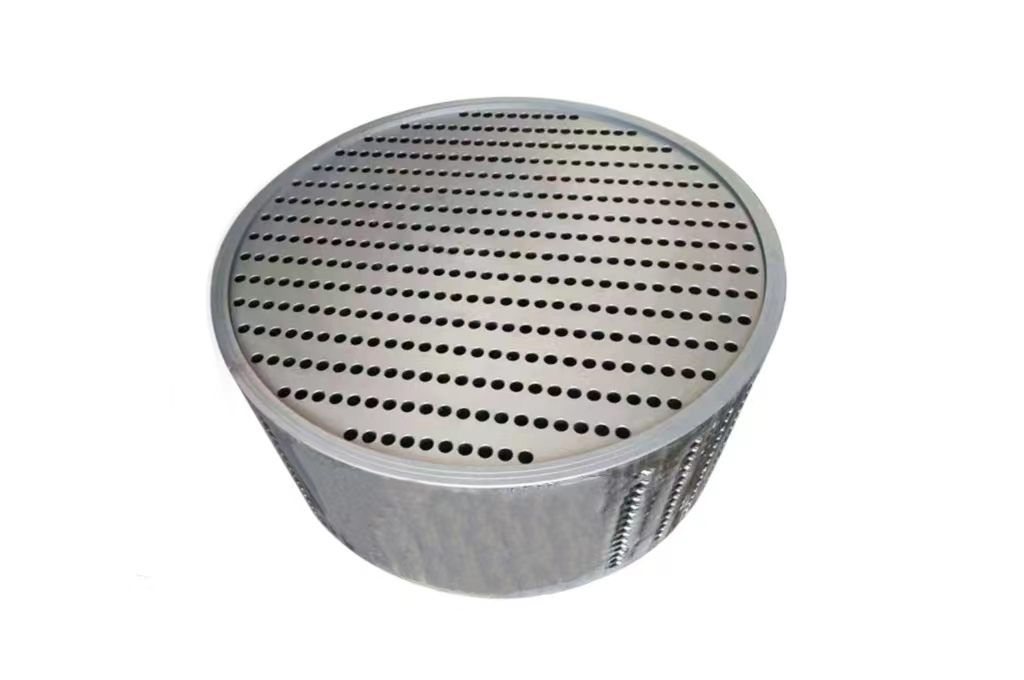The graphite heat exchanger is a heat exchanger using graphite heat transfer elements. It has high thermal conductivity, durability, and chemical stability for industrial applications.
Table of Contents
Toggle
Graphite exchanger has the characteristics of high heat transfer coefficient and excellent thermal conductivity. It absorbs and transfers heat more efficiently than traditional copper or stainless steel heat exchangers. It is also durable and heat-resistant, making it ideal for high-temperature environments.
Due to the chemical inertness of graphite, no chemical reaction will occur even if it comes into contact with corrosive media such as strong acid and strong alkali. It has high compressive strength and good sealing effect.
Applications
In the chemical industry, it is mainly used for heat transfer and heat energy utilization between materials in chemical production.
Petroleum and refining industry, with its excellent heat transfer performance and corrosion resistance, it exchanges heat in high temperature, high pressure and corrosive media.
Metallurgical industry, in the production process of steel and non-ferrous metals, heating, cooling and heat energy recovery can stably transfer heat.
In the electric power industry, it can be used for cooling of power generation equipment, flue gas recovery, etc. to improve power generation efficiency and energy utilization.
Different types available in the market
According to the structure, it is divided into three types: block hole type, shell and tube type, and plate type.
1. Block hole type: It is made of several block graphite components with holes. Tube and tube graphite falling film absorber.
2. Shell-and-tube type: The shell-and-tube heat exchanger occupies an essential position in graphite heat exchangers. It is divided into two types: fixed type and floating head type, according to the structure.
3. Plate type: The plate heat exchanger comprises bonded graphite plates. In addition, there are immersion, spray, and casing.
Advantages
- Excellent thermal conductivity
- Excellent corrosion resistance
- Wide temperature range
- Compact structure saves space
- High heat transfer efficiency
Why is graphite heat exchanger the most efficient?
The graphite heat exchanger is the most efficient way to move heat from one source to another, thanks to its unique properties. Graphite has a large heat capacity and low thermal conductivity, keeping exchange rates consistent and adequate.
In addition, graphite also allows for an increased flow rate compared with other materials often used to construct these devices.
The high porosity in graphite creates a lot of channels for an efficient transfer without obstructions on the way. This makes it possible to reach high temperatures much faster than traditional methods, which take comparatively more extended time frames.
The design of graphite heat exchangers is also energy efficient because of their low cost, high heat transfer efficiency, and easy maintenance.
Inclusion
Graphite heat exchangers are highly efficient components. They can handle extreme temperatures and save energy with long service life. Graphite is one of the most preferred materials for heat exchangers because of its high resilience to heat treatment and low cost. With their superior strength, durability, and environmental benefits, such as low emissions, they will remain an industry mainstay for many years.



